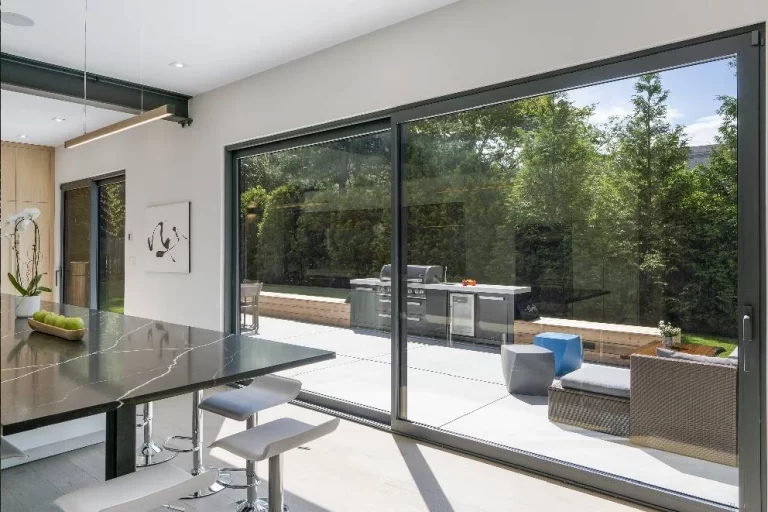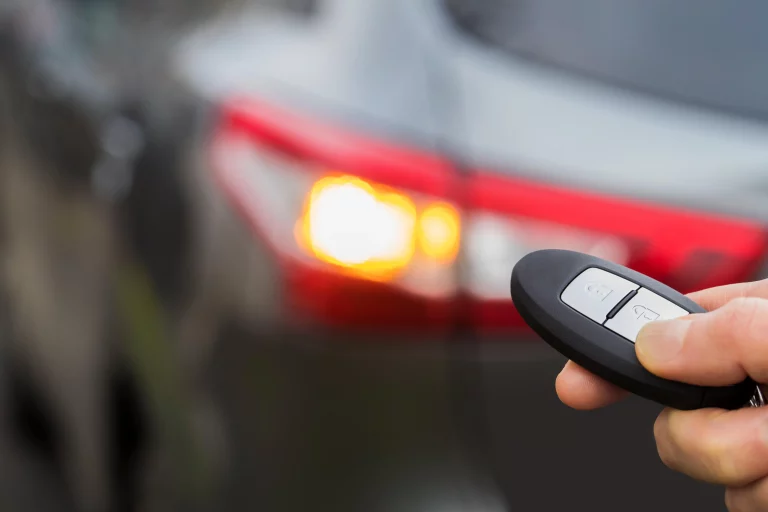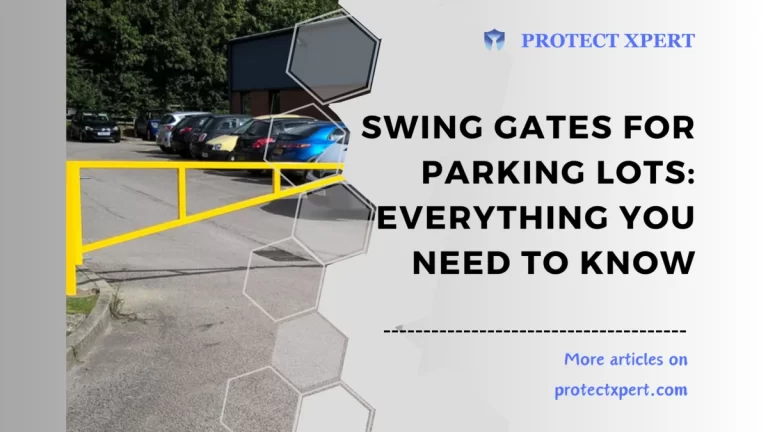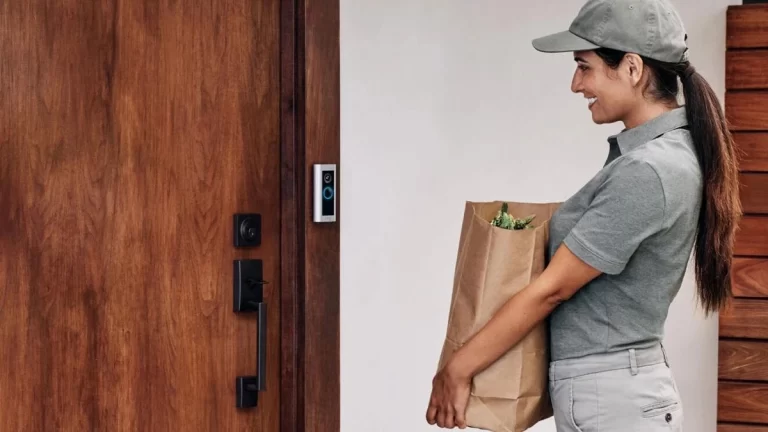Baby Proofing House Checklist: Your Ultimate Guide
According to the National Safety Council, about 2.5 million children are injured at home each year, with more than 3,000 fatalities. This emphasizes the importance of baby proofing our houses to prevent accidents and safeguard our children’s well-being.
The Importance of Baby Proofing

Babies are naturally curious and eager to explore their surroundings. However, they lack the knowledge and understanding of potential dangers in the home.
Baby proofing is the process of making our homes safe for infants and toddlers by identifying and eliminating potential hazards. It involves taking proactive measures to reduce the risk of accidents, falls, burns, poisoning, and other injuries.
Baby Proofing House Checklist
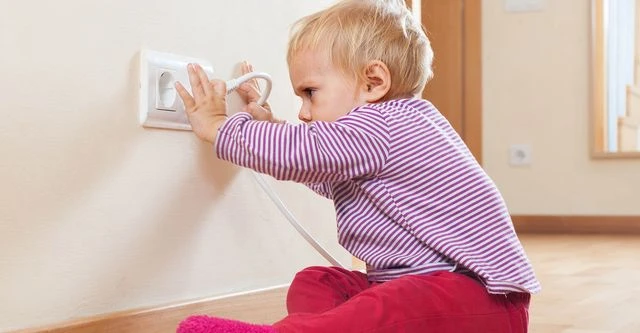
To assist you in creating a safe and secure environment for your little one, we have prepared a comprehensive baby proofing house checklist.
This checklist covers various areas of your home and highlights essential measures to ensure your baby’s safety.
1. Securing Electrical Outlets and Cords
Install outlet covers or safety plugs in all accessible electrical outlets to prevent accidental electrocution.
Secure loose cords and wires, such as those from lamps or electronics, out of your baby’s reach or use cord organizers to keep them neatly tucked away.
2. Installing Safety Gates
Place safety gates at the top and bottom of staircases to prevent falls. Ensure they are securely mounted and have a latch that cannot be easily opened by a child.
Use safety gates to block off areas that may pose dangers, such as kitchens, fireplaces, or rooms with delicate or hazardous items.
3. Securing Furniture and Appliances
Anchor heavy furniture, such as bookshelves and dressers, to the wall to prevent tipping.
Use furniture straps or brackets to secure televisions, microwaves, and other large appliances to prevent them from toppling over.
4. Childproofing Doors and Windows
Install door knob covers or childproof locks to prevent your baby from accessing rooms that may contain hazards.
Install window guards or window stops to prevent falls from open windows. Ensure windows cannot be easily opened by a child.
5. Eliminating Choking Hazards
Keep small objects, such as coins, buttons, and small toys, out of your baby’s reach to prevent choking.
Regularly inspect and remove any broken or small parts from toys, as they can pose a choking hazard.
6. Securing Cabinets and Drawers
Use cabinet locks or latches to prevent your baby from accessing harmful substances, sharp objects, or fragile items stored in cabinets and drawers.
Store cleaning products, medications, and other hazardous materials in locked cabinets or high out of reach.
7. Covering Sharp Corners and Edges
Place corner guards or edge protectors on sharp furniture corners and edges to prevent injuries from bumps and falls.
Ensure that tables, countertops, and other surfaces with sharp edges are adequately covered or cushioned.
8. Ensuring a Safe Bathing Environment
Always supervise your baby during bath time and never leave them unattended. Use a nonslip bath mat or adhesive strips in the bathtub to prevent slips and falls.
Adjust the water heater temperature to prevent scalding. The recommended water temperature for bathing infants is around 100°F (38°C).
9. Storing and Handling Hazardous Materials
Keep cleaning products, laundry detergents, and other hazardous substances in their original containers with child-resistant caps.
Store hazardous materials out of reach or in locked cabinets.
Install carbon monoxide detectors and smoke alarms throughout your home, particularly near bedrooms.
10. Monitoring Temperature and Air Quality
Use baby monitors to keep an eye on your baby while they sleep or play in another room.
Maintain a comfortable room temperature, ideally between 68°F and 72°F (20°C to 22°C), to prevent overheating or chilling.
Keep the air in your home clean by regularly changing air filters and minimizing exposure to secondhand smoke and other pollutants.
Remember, baby proofing is an ongoing process. Regularly reassess your home for potential hazards as your baby grows and becomes more mobile.
Stay proactive and vigilant in ensuring their safety, and enjoy peace of mind as you watch your little one grow in a secure environment.
READ ALSO!!!
